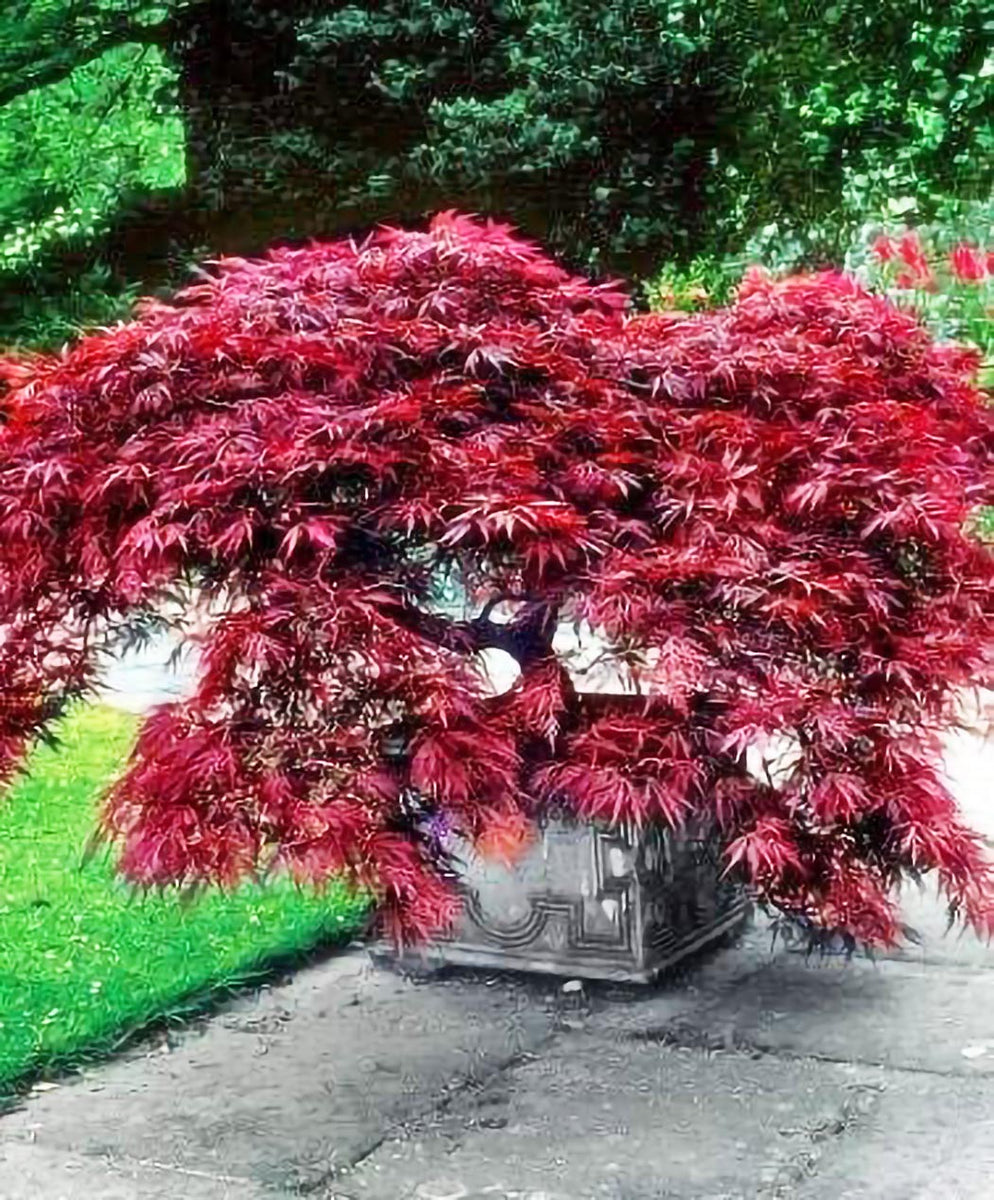
It would be best if you gave enough moisture to the maple. The most significant similarity between the two is the care requirements.įirst of all, maples need enough sunlight to saturate the color. It is divided into 6-9 blades and looks very textured.Ĭrimson Queen and Tamukeyama have the most divided leaves among all Japanese maples. Similaritiesīoth of these maples have beautiful decorative leaves. For example, Tamukeyama can grow up to 10 feet in height and more. With enough sun, water, and fertilizer, they will grow faster.īesides, after many years (20-30), these varieties can be much larger. I must also say that the size of these two depends on the growing conditions.

If grafting is done high, then by ten years, these maples will be taller than 10 feet. However, the height depends on the location of the grafting. Its shape is also umbrella-like, and it also has weeping branches. This variety is umbrella-shaped, which means that it grows more in width than in height.Īlso, the branches hang down, which gives this variety a weeping shape.Ĭrimson Queen usually grows up to 8 feet in height and up to 10 feet in width after ten years of cultivation. At the same time, the width is approximately 7 feet. The height can reach 5 feet at the age of 10.
Crimson queen japanese maple sister full#
So it is best to plant Japanese maples so that they get full sun in the morning and then stay in the shade. However, if you live in the 8 hardiness zone and plant one of these maples in full sun, you can get scorched leaves and pale colors. This is especially true for 5 and 6 climate zones. The color of Crimson Queen is lovely but still not as rich as in Tamukeyama.Īlthough a lot depends on growing conditions, maples will not be bright and may even have greenish-red leaves in the absence of sunlight. During the summer, the color almost does not change and in the fall also becomes scarlet red as a competitor.

On the other hand, Crimson Queen lives up to its name and appears crimson-red in the spring. Changing colors is always an exciting sight. In autumn, Tamukeyama becomes scarlet red, which creates additional value for this variety. In fact, the leaves look very impressive their wine color is just unique.ĭuring the summer, this variety does not lose color saturation and remains so until autumn. In spring, Tamukeyama has burgundy-red leaves. Japanese Maple Tamukeyama and Crimson Queen The color is differentĬolor is the most significant difference between these two varieties.


 0 kommentar(er)
0 kommentar(er)
